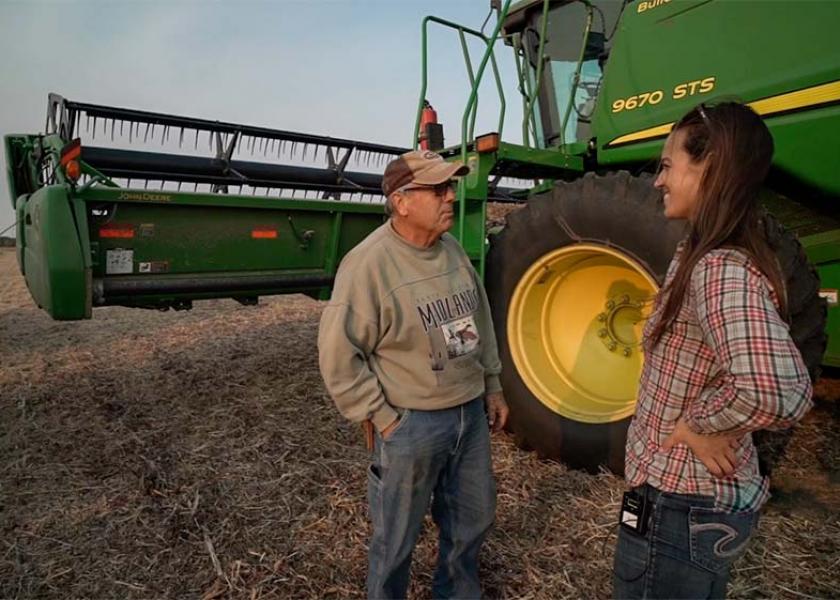Two Midwest Farmers Grow Climate Solutions On Working Lands

The agriculture community is on the front lines of one of the greatest environmental challenges of our time: climate change. Year after year, farmers endure chronic droughts, flooding, record high temperatures, frequent storm events and significant economic losses. These impacts make it harder for producers to support their families and, in turn, provide food for a growing global population.
Yet farmers are drawing on their rich heritage and passion for stewardship to navigate a changing climate while leaving a legacy to the next generation, as illustrated in The Nature Conservancy’s three-part video series featuring two Midwest farming families.
Food production is the most basic and essential way people interact with nature, so it’s no surprise that the agriculture industry is poised to play a major role in combating a changing climate. Farmers have enormous opportunities to contribute to reduce greenhouse gas (GHG) emissions—gasses such as carbon, nitrous oxide and methane that trap heat in the atmosphere—while ensuring the long-term resilience and profitability of their operations.
In the three videos below, meet Elyssa McFarland and Fred Yoder, two farmers embracing conservation practices to build soil health, reduce GHG emissions and leave a lasting legacy. By trying new techniques and investing in their land, they’re discovering the potential of ag lands as some of Earth’s largest natural reservoirs of carbon.
Soil Legacy
Back 40
Leaving Things Better
When farmers use conservation practices (e.g., cover crops, no-till and crop rotation), they retain existing carbon sinks and draw more carbon out of the atmosphere and into the soil. Increased soil carbon sequestration helps restore degraded soils, improves holding capacity for water and nutrients that plants need to grow, and increases productivity.







